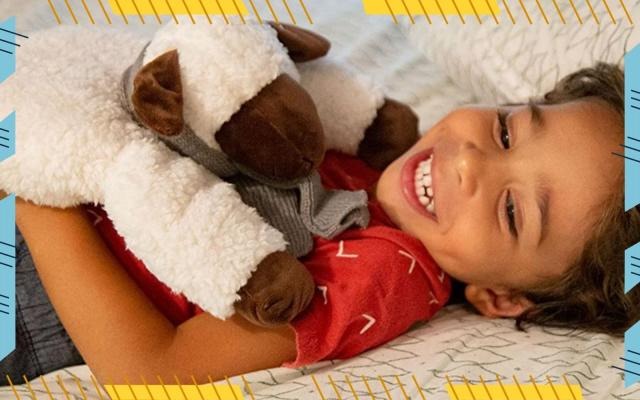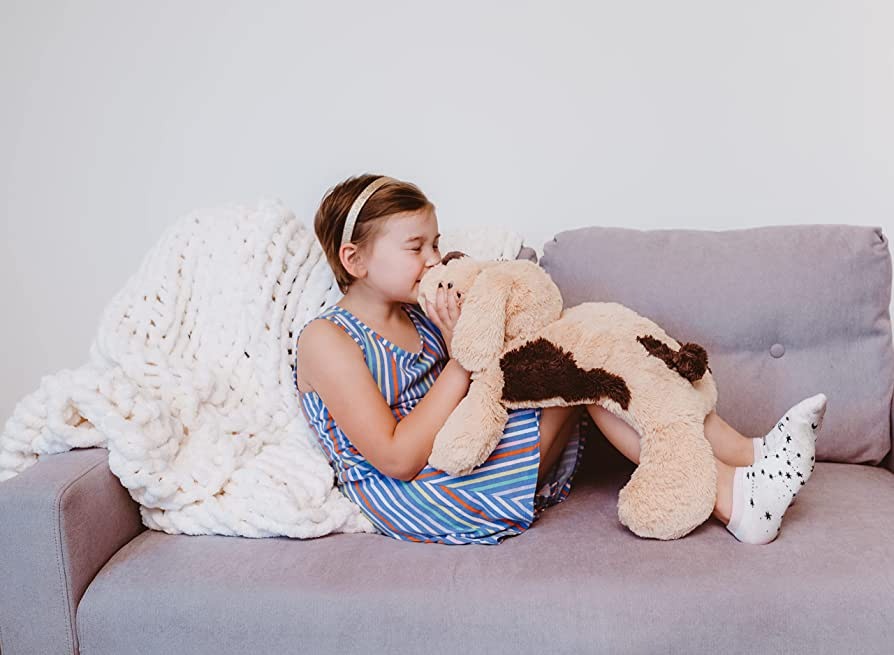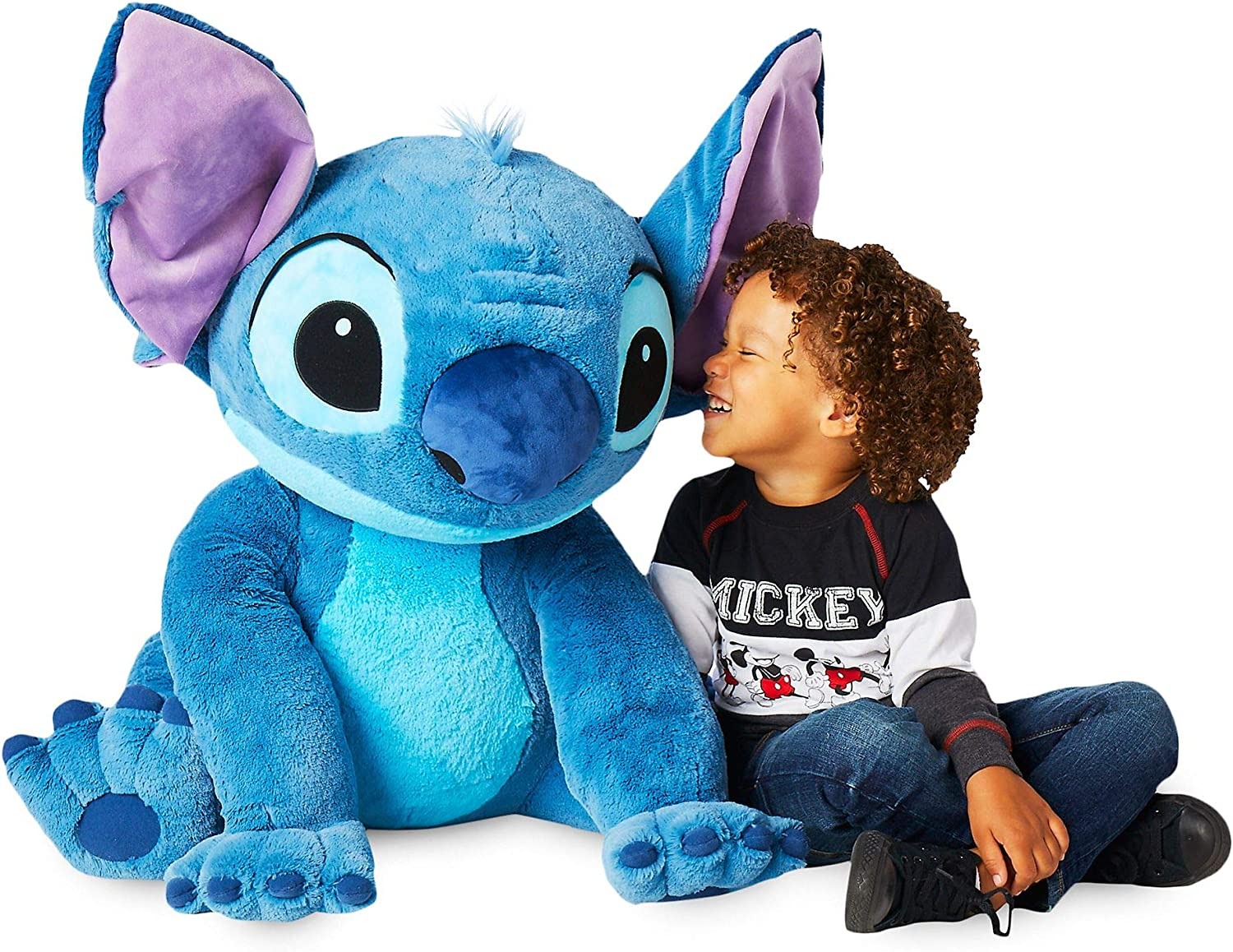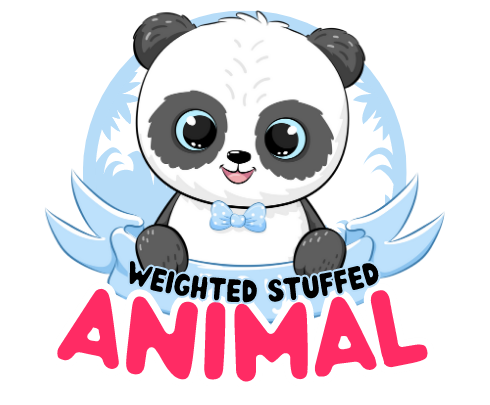Weighted plush animals are gaining popularity, especially among kids who struggle with anxiety and sensory processing. Those who have these soft toys with them feel less anxious and more secure. How much weight my weighted plush animal should have is a typical question, though. To assist you in selecting the appropriate weight for your furry friend, we’ll examine the factors that influence stuffed animal weight in this blog post.
What is a weighted stuffed animal?

As they provide a soothing sensory experience that can lessen anxiety and encourage relaxation, weighted plush animals are growing in popularity among both kids and adults. These toys are typically filled with small weights, such as plastic pellets or glass beads, which make them heavier than regular stuffed animals.
Weighted stuffed animals are modeled after the therapeutic method known as “deep pressure touch stimulation,” which includes applying pressure to the body to trigger the release of neurotransmitters like serotonin and dopamine. Weighted stuffed animals can be an effective tool for controlling stress and encouraging a sense of calm since these hormones help to regulate mood and lessen anxiety.
Variables that affect a weighted plush animal’s weight

A weighted stuffed animal’s weight is determined by a number of things. Some of these elements consist of:
Age and child weight: The weight of the stuffed animal should be suitable for the child’s age and weight. The weight of the stuffed animal should, as a general guideline, be 10% of the child’s body weight. For instance, the stuffed animal should weigh no more than 5 pounds if your child is 50 pounds.
Sensory needs: sensory processing disorders can affect children in a variety of ways, including how they process touch, sound, and other sensory information. Some children with these disorders may seek out intense sensory experiences, while others may find them overwhelming or uncomfortable.
Weighted stuffed animals can be a helpful tool for children with sensory processing disorders, as the deep pressure touch they provide can help to regulate the nervous system and promote a sense of calm. However, it’s important to note that not all children will require the same amount of pressure to achieve this effect.
There are a few things to take into account when determining the right weight for a weighted stuffed animal. Deep pressure touch stimulation should be provided by the weight, which shouldn’t be too heavy to be painful or hard to grasp.
It’s also important to note that while weighted stuffed animals can be a helpful tool for children with sensory processing disorders, they should not be used as a substitute for professional therapy or medical treatment. If your child is struggling with sensory processing issues, it’s important to work with a qualified healthcare provider to develop a comprehensive treatment plan that addresses their specific needs.
Size of the plush toy: The weight of the plush toy may vary depending on its size. The weight of a stuffed animal will vary depending on its size, of course.
Kind of filling: The kind of stuffing a stuffed animal contains can also affect its weight. As plastic pellets are lighter than glass beads, a stuffed animal packed with glass beads will weigh more than one filled with plastic pellets.
How much should a weighted stuffed animal weigh?

Let’s establish the ideal weight for your pet now that we are aware of the elements that affect the weight of a weighted plush animal. As previously indicated, a typical guideline is that the stuffed animal should weigh 10% as much as the child. Not all children might find this appropriate.
When choosing the perfect weight for your child’s stuffed animal, it’s critical to take their sensory requirements and preferences into account. A higher weight may be necessary to produce the desired impact if your child suffers from anxiety or a sensory processing issue. To determine the right weight in this situation, you may wish to speak with an occupational therapist or other healthcare provider.
Taking into account the stuffed animal’s size is also crucial. A larger plush animal will logically weigh more than a smaller one. On the other hand, a larger plush animal can be too heavy for a young child to carry around or use as a lap pillow.
In conclusion, the ideal weight for a weighted stuffed animal will depend on a variety of factors, including the age and weight of the child, sensory needs, the size of the stuffed animal, and the type of filling. It is important to consider all of these factors when determining the appropriate weight for your furry friend. If you’re unsure, seek advice from a medical expert or occupational therapist. Your youngster will adore the calming and reassuring effects that a weighted plush animal may offer with the correct amount of weight.
>>>> Related: https://weightedstuffedanimal.com/what-is-a-weighted-stuffed-animal/
